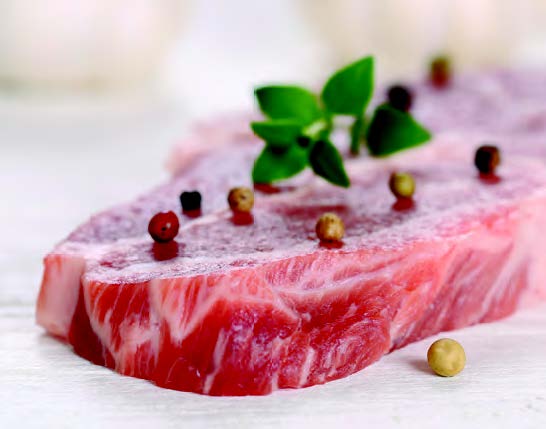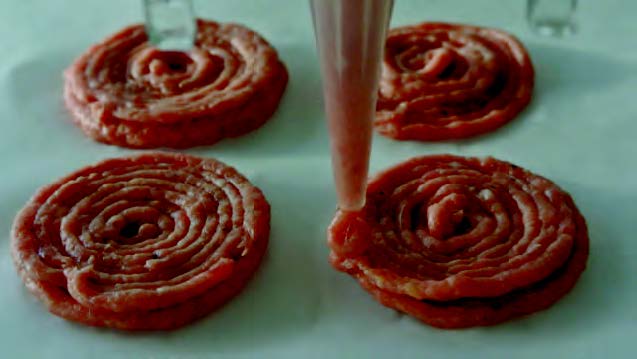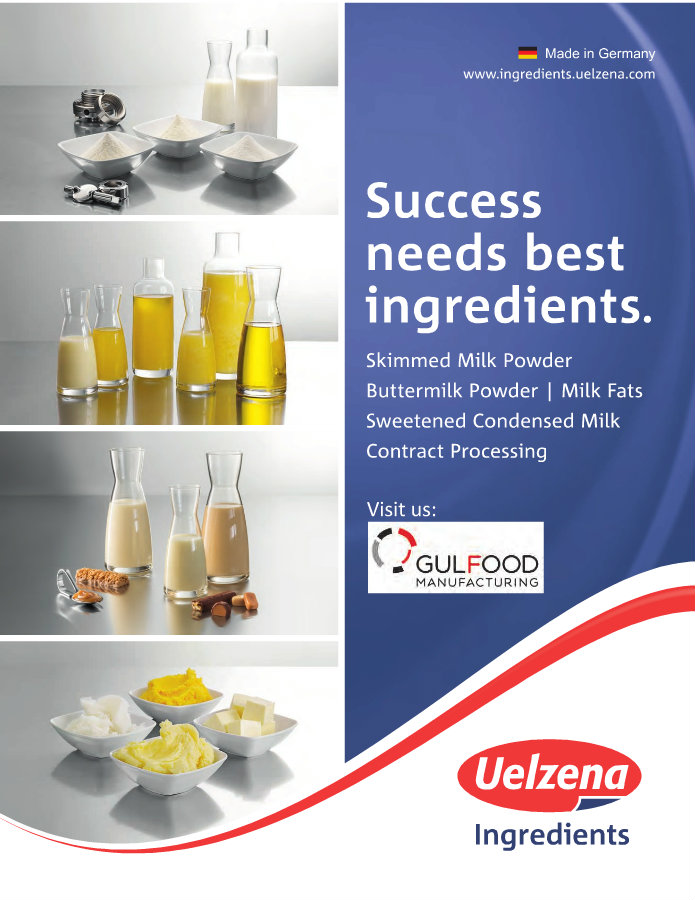3D printed meat production will become technically feasible and could create competition for traditional meat producers as consumers will ultimately be able to print their own meat products — although much research and development still remains, say American food academics.
Keith Belk, a professor at Colorado State University's Centre for Meat Safety & Quality, told "If it becomes mainstream and becomes economically viable — so things that are desirable to consumers can be included in the product, whether chicken or beef or pork — I think it will be adopted," he said.
Meanwhile, Joseph Sebranek, distinguished professor of animal science at Iowa State University's food science and human nutrition department, said he believed 3D printing would probably become another category of meat, alongside traditional producers. "While this might be an alternative, I wouldn't expect it to replace the industry, especially with consumer interests in natural, organic products," he said.
Either way, key issues and challenges are emerging as the technology to take the basic building blocks of meat and structure it into different products advances. For instance, New York-based Modern Meadow is working on creating a line of biomaterials, such as leather, and, in the long term, meat products that do not require slaughtering animals. It has received grants in the past to pursue 3D printed meat technology.
While Modern Meadow declined to share details about its technology under development, it noted: "We are working diligently towards preparing a tasting for our delicious, healthy and ethical meat products."
"There would be a number of questions that need to be addressed — as the technology evolves and as the technology gets better, and I'm sure it will — before it can be implemented on a commercial basis to feed the masses," said Professor Belk.

Professor Sebranek noted that one key challenge could be consumers' reluctance to accept 3D printed meat: "Perception of food products is huge in terms of success." Consumers, particularly in the US, are increasingly interested in natural and organic foods, and it could be difficult to convince them to eat 3D printed meat, he added.
Professor Belk agreed, adding that advances in technology have often sparked health concerns in the sector: "Globally, there are several fears associated with the use of technology, including growth-promoting anabolic agents and GMOs [genetically modified organisms]."
However, this technology could also allow meat products to be produced in a more sterile environment than traditional production, potentially avoiding problems such as E coli contamination, added Professor Sebranek.
He added that one challenge could be programming the 3D printed meat to actually taste like meat, since muscle tissue is complex in terms of texture and flavour, with a series of biochemical changes occurring from when an animal is harvested to being chilled.
Consumers are also very particular in their tastes in meat, said Professor Belk. In the US, about 88% of the market prefers the taste of grain-fed beef, while 12% prefer grass-fed beef. Programming the chemistry associated with such flavour differences in a printed meat product would be challenging, he added.

"In terms of benefits, potentially down the road it will provide another means of producing high-value proteins for human nutrition," said Professor Sebranek. He noted this was particularly important as food production will be challenged to feed the world's population, set to reach 9.6 billion by 2050, according to the United Nations.
"The pressure already exists [to boost food production]. It's just now a matter of which technologies and which production systems we implement the quickest to address the challenge," he told.




